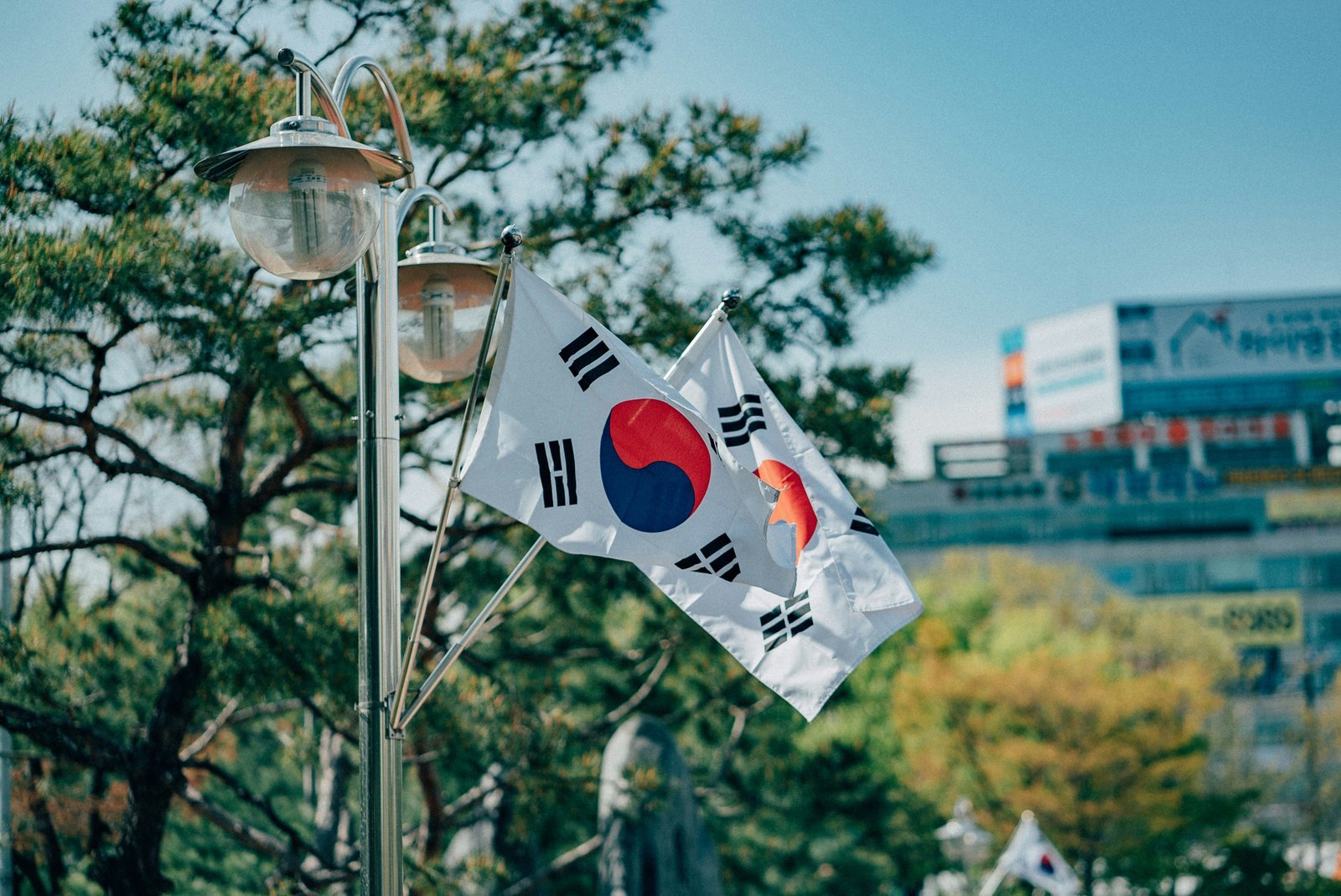
Introduction
The national anthem of South Korea, known as the “Aegukga,” holds immense significance in the country’s cultural and historical context. Composed by Ahn Eak-tai, with lyrics written by Yun Chi-ho, the anthem has been a symbol of national pride and unity since its adoption in 1948. The “Aegukga” has stood the test of time and continues to resonate with the people of South Korea, reflecting their shared values and aspirations.
Lyrics
The complete original lyrics of the South Korean national anthem are as follows:
동해 물과 백두산이 마르고 닳도록
하느님이 보우하사 우리나라 만세.
무궁화 삼천리 화려강산
대한 사람, 대한으로 길이 보전하세.
남산 위에 저 소나무, 철갑을 두른 듯
바람서리 불변함은 우리 기상일세.
무궁화 삼천리 화려강산
대한 사람, 대한으로 길이 보전하세.
가을 하늘 공활한데 높고 구름 없이
밝은 달은 우리 가슴 일편단심일세.
무궁화 삼천리 화려강산
대한 사람, 대한으로 길이 보전하세.
이 기상과 이 맘으로 충성을 다하여
괴로우나 즐거우나 나라 사랑하세.
무궁화 삼천리 화려강산
대한 사람, 대한으로 길이 보전하세.
Significance
The South Korean national anthem, with its powerful and patriotic lyrics, holds deep significance for the people of the country. The anthem symbolizes the resilience and determination of the Korean people in the face of adversity. It serves as a reminder of the nation’s history, culture, and the values that have shaped it.
Through its lyrics, the anthem expresses the desire for the prosperity and unity of the Korean people. The reference to the East Sea and Mount Baekdu signifies the vast natural beauty of the country and its people’s unyielding spirit. The lyrics also mention the national flower, the mugunghwa, and the vibrant mountains, symbolizing the strength and beauty of the Korean nation.
Historical Context
The South Korean national anthem has its roots in the struggle for independence and the desire for a unified Korea. It was first adopted as the national anthem of the Provisional Government of the Republic of Korea in 1919 during the period of Japanese colonial rule. The anthem became a rallying cry for Koreans fighting for their independence and was embraced as a symbol of hope and unity.
After the establishment of the Republic of Korea in 1948, the “Aegukga” was officially designated as the national anthem. Its lyrics were slightly modified to reflect the new political context, but the essence and spirit of the anthem remained unchanged.
Contemporary Relevance
Even in the present day, the South Korean national anthem continues to hold immense significance and is deeply ingrained in the consciousness of the Korean people. It is sung at various national events, including sporting competitions, cultural festivals, and official ceremonies.
The anthem serves as a unifying force, reminding the people of South Korea of their shared heritage and values. It instills a sense of pride and patriotism, fostering a strong national identity. The “Aegukga” also serves as a powerful symbol of hope and resilience, inspiring Koreans to overcome challenges and work towards a better future.
Furthermore, the anthem has gained international recognition, with its powerful melody and meaningful lyrics resonating with people around the world. It has become a representation of South Korea’s rich cultural heritage and its people’s unwavering spirit.
In conclusion, the South Korean national anthem, with its profound lyrics and historical significance, continues to be a source of pride and unity for the Korean people. Its timeless message of resilience, unity, and patriotism serves as a reminder of the nation’s history and the values that have shaped it. The “Aegukga” stands as a testament to the enduring spirit of the Korean people and their commitment to preserving their heritage for generations to come.

One thought on “The Significance and Resilience of the South Korean National Anthem”